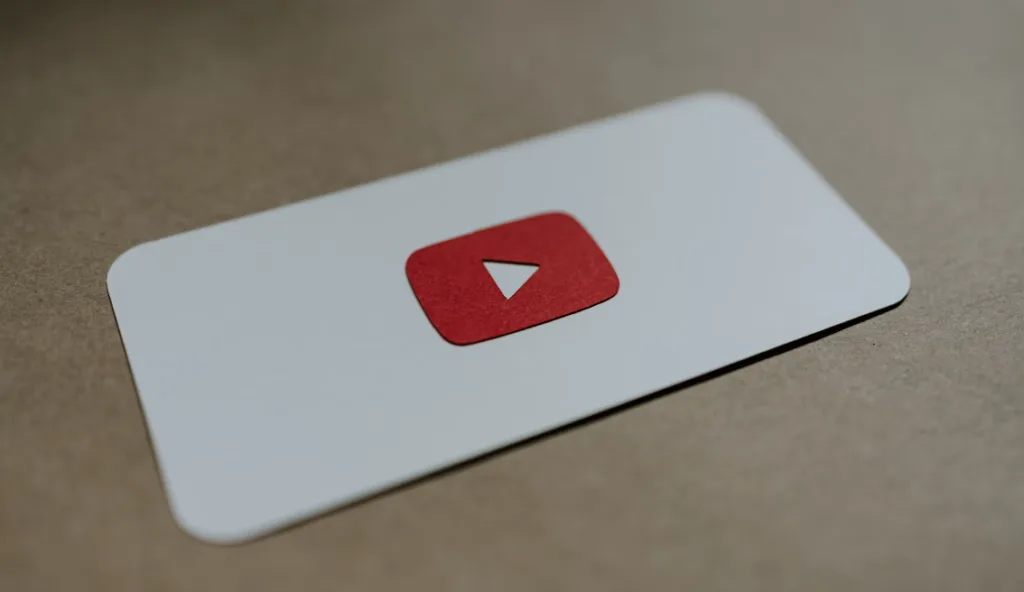Mastering YouTube: Brett Malinowski on Content Strategy and Monetization
YouTube has become a powerhouse platform for content creators and entrepreneurs alike in recent years.
One such success story is Brett Malinowski, who has leveraged YouTube to generate substantial revenue for his businesses.
Let’s dive into Brett’s strategies for creating compelling content, understanding YouTube’s algorithm, and effectively monetizing your channel along with learning how to be successful on YouTube.

Using YouTube for Business Growth
Brett Malinowski’s success on YouTube is nothing short of impressive.
He reveals:
“From YouTube, my businesses have made $5 million in the last like two and a half years directly from my channel.”
This staggering figure underscores the potential of YouTube as a marketing platform. But what makes YouTube so effective for business growth?
The 7-14 Rule: Building Trust Through Content
Brett explains the concept of the 7-14 rule, a study by Google that highlights the importance of consistent, long-form content:
“People need to see seven hours of your content, 11 different pieces of content on four different touch points.”
This rule emphasizes that:
- Short-form content (like 30-second reels) isn’t enough to build deep trust
- Longer videos (10-20 minutes) on YouTube help accumulate viewing time
- Over the course of a year, viewers can reach the crucial 7-hour mark
- Once viewers have consumed 7 hours of content, they’re more likely to become loyal customers
YouTube as an Educational Platform
Brett points out that YouTube is particularly effective because:
- People go to YouTube when they’re ready to learn
- Viewers are in a growth mindset
- Educational content can genuinely help improve people’s lives
- Helpful content builds trust and gratitude, leading to business support

Creating Effective YouTube Content
To succeed on YouTube, Brett emphasizes the importance of understanding your audience and providing value.
Here are some key points:
Know Your Audience
- Identify who you’re helping with your content
- Understand how your content is useful to them
- Consider what stage of their journey they’re at
- Think about where you want to take them
Staying on the Cutting Edge
Brett suggests focusing on:
- Future opportunities with new technologies
- Combining your understanding of various business models
- Identifying trends in the market
- Showing people new paths and opportunities
He states:
“I’m looking at like future opportunities with new technologies that have entered the world, with my understanding of other business models, how I’m seeing things, how can I combine these three pieces and show people a new path that’s opening and guide them to that path.”

YouTube as a Strategic Game
Brett approaches YouTube with a strategic mindset, viewing it as a game where attention is the currency.
Here’s how he breaks it down:
Understanding Search Volume and Views
- Every keyword on YouTube has a certain search volume
- Look at the top 10 videos for a keyword to gauge potential views
- The best videos for popular topics can get hundreds of thousands of views
- Your goal is to capture as much of this “attention liquidity” as possible
Once you’ve captured attention, you can monetize it through various means, such as courses or products related to your content.
The Art of Titling and Packaging Content
Brett emphasizes the crucial role of language in content creation, particularly in titles and thumbnails:
“One word can tell you like three sentences of information if it’s used in the right order.”
Broadening Your Audience
To maximize views, Brett suggests:
- Using broad, relatable titles that appeal to a wider audience
- Avoiding niche-specific terms in titles that might limit your reach
- Using thumbnails that grab attention and create curiosity
The Power of Framing
Brett provides an example of how reframing content can dramatically increase views:
- Instead of: “What if I told you there was a way to copy any e-commerce store page in a matter of 30 seconds?”
- Try: “Everyone knows that making physical products is a great way to make money online, but the hardest part is knowing what product to sell…”
This reframing:
- Appeals to a broader audience
- Addresses a common pain point
- Creates intrigue and encourages viewers to watch more

Balancing Views and Conversions
When it comes to content strategy, creators often face a dilemma: should they aim for maximum views or focus on a niche audience more likely to convert? Brett’s answer depends on your goals and business model:
The Spectrum of Content Strategy
- Broad Appeal, Lower Conversion: Like Mr. Beast, who gets billions of views but can only sell low-cost items (e.g., $1 chocolate bars)
- Niche Appeal, Higher Conversion: Like coding tutors who might get fewer views but can sell high-ticket courses
Brett advises:
“It is so subjective based on the person’s goals and what your business is.”
Finding Your Balance
Consider these factors when determining your content strategy:
- Your product or service offering
- The potential value per customer
- Your personal brand and expertise
- The perception of success in your niche

Multi-Channel Strategy for Maximum Impact
As YouTube’s algorithm has evolved, Brett recommends a multi-channel approach for creators looking to maximize their reach and conversions:
The New YouTube Landscape
“The way YouTube works now is you have to – your format has to be consistent on each channel.”
Brett explains that YouTube now prefers channels with consistent content types, similar to traditional TV channels.
Implementing a Multi-Channel Strategy
Here’s how you can structure your YouTube presence:
- Main Channel: Broad appeal content to attract a wide audience
- Niche Channel(s): More specific, in-depth content for your core audience
- Vlog Channel: Personal content to build connection with your audience
Case Study: Ean’s YouTube Strategy
Brett analyzes Ean’s approach:
- Vlog Channel: Gets the most views, showcases lifestyle
- Main Channel: 10-minute educational videos on making money
- Extended Channel: In-depth content on specific business strategies
This strategy allows Ean to:
- Cast a wide net with his vlogs
- Provide value and build trust with his main channel
- Offer deep, conversion-focused content on his extended channel

Adapting to YouTube’s Evolution: How to Be Successful on YouTube
As YouTube continues to evolve, creators must adapt their strategies to stay ahead. Brett’s insights provide a roadmap for success:
- Understand your audience and provide genuine value
- Create content that balances broad appeal with niche expertise
- Use strategic titling and framing to maximize views
- Consider a multi-channel approach to cater to different audience segments
- Always align your content strategy with your business goals
By following these principles and staying adaptable, you can harness the power of YouTube to grow your audience, build your brand, and ultimately drive revenue for your business.
Success on YouTube is not just about views—it’s about creating meaningful connections with your audience and providing value that translates into long-term business success.
As Brett’s experience shows, with the right strategy, YouTube can be an incredibly powerful tool for business growth in the digital age.




